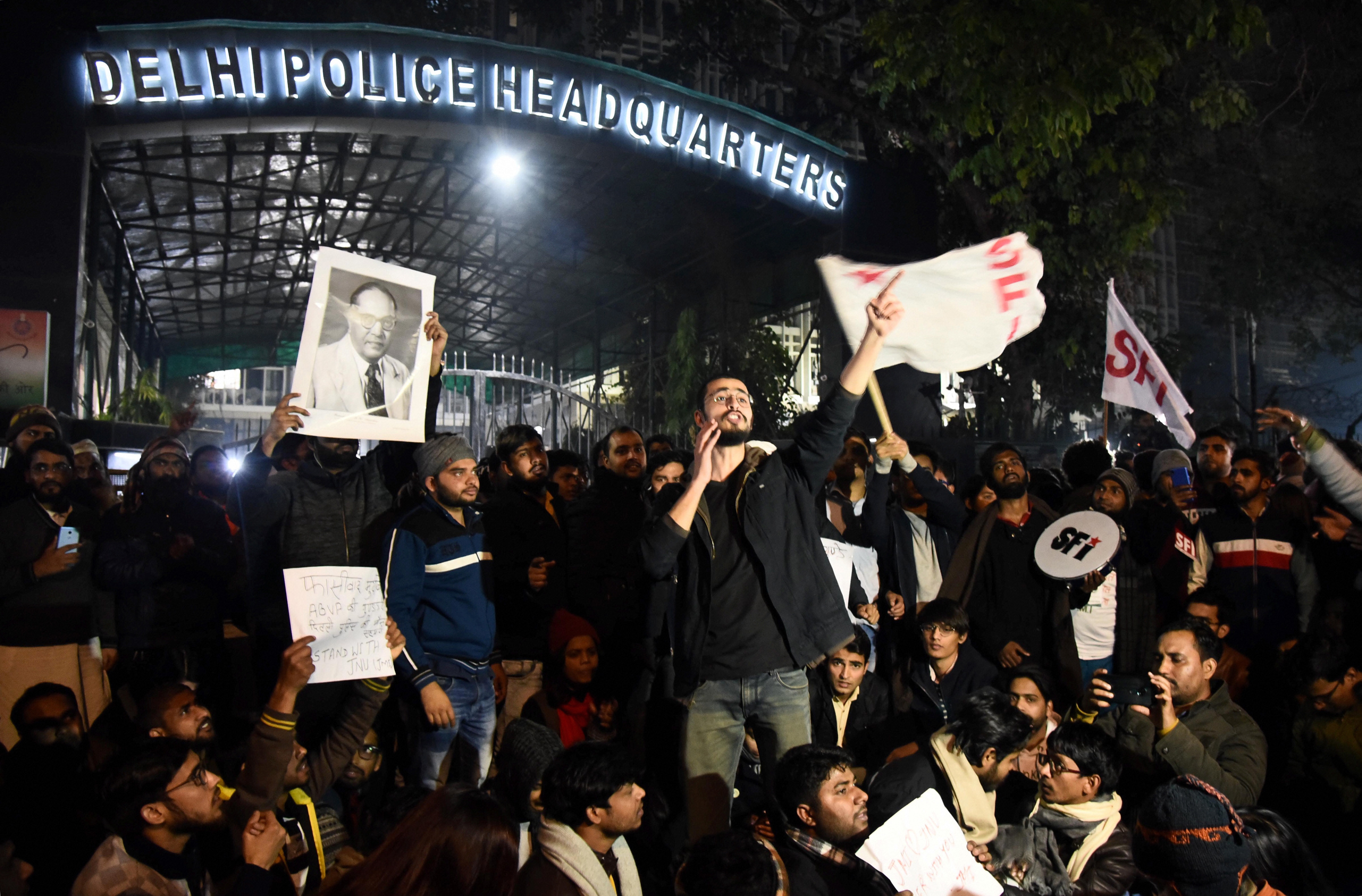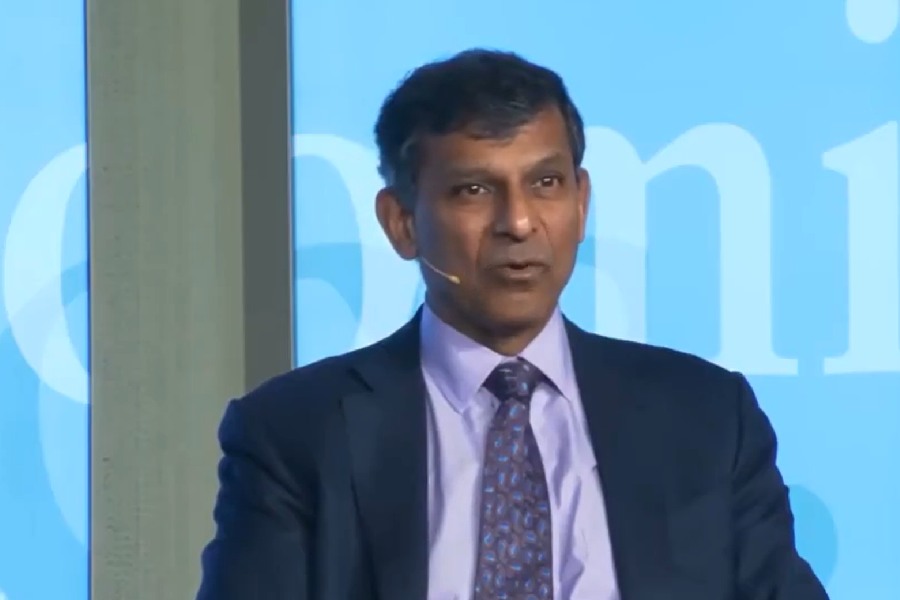For some years now, I have been working on a personal research project: building a scientific model for predicting the quantum of punishment that will be awarded by the courts for various crimes. This project (completely unfunded, unsponsored and carried out in time that would otherwise be spent in watching dog videos) will, I hope, result in a device that I can patent and sell — something like a Rubik’s Cube where different colour-coded variables can be matched and lined up to yield the expected punishment.
The practical value of such an invention is obvious: anyone who is anxiously awaiting sentencing or has filed a bail plea would like to be prepared for what might happen. Is it going to be a simple matter of deciding what size of suitcase to pack or buying an extra toothbrush? Or should they be writing a will, disposing of their assets, and saying a final farewell to their loved ones?
Apart from purely legal factors such as the nature of the crime, the sections under which charges have been framed, the available evidence and the content of the judgment by the trial court, I am wrestling with a huge list of non-legal factors to be weighed and factored into my model. I’m talking about things like the identities, social standing and political affiliations of the accused; the caste, class, religion and social capital of the victim; the professional skills, social standing and political proclivities of the lawyers; the opinions of the media; the emotional fragilities and sensitivities of various groups of citizens; the mood of the nation; the collective conscience of society and so on.
One reason why my project is not getting off the ground is the frequency with which I have to keep revising my list of variables and recalculating the weightage to be assigned to each of them. For instance, I had ‘reformation during period of incarceration’ and ‘suffering in jail’ high on the list, but had to knock them off after the Supreme Court’s dismissal of these arguments in some recent mercy petitions. Similarly, I had deleted ‘severe physical disabilities’ and ‘refusal of medical treatment in jail’ after the case involving Professor Saibaba, but had to add them again after Pragya Thakur was given bail.
But knocking things off is much easier than adding new things. My latest dilemma stems from the Supreme Court’s order granting bail to 17 convicts in a case of mass murder of Muslims during the 2002 carnage in Gujarat. While applauding this humane approach, I am worried about now having to add a quantitative dimension to my model — ‘number of killers’, ‘numbers of killed’ and maybe even ‘numbers of accusers’.
Of course these numbers are not likely to work in a straightforward way. Courts are not banks, where there is a clear bias in favour of those who think big. If you borrow a couple of lakhs and default on your repayments, the bank will dispossess you and drive you to suicide. On the other hand, if you borrow a couple of thousand crores, default on repayment and decamp to London or Paris, the bank will wash its hands of you and move on with its business.
It’s not that simple for me. I will have to take account of the ways in which the numbers intersect with all of the other factors. I will have to look at a whole range of cases. There is the Pehlu Khan case (one victim, many killers, incontrovertible evidence, multiple witnesses, bail and acquittal); cases against Kanhaiya Kumar and other JNU students for being ‘tukde-tukde gang’ members (multiple random accused, one random accuser, no evidence, incarceration without charge and without bail); cases against hundreds of adivasis for being ‘Maoist sympathizers’ (multiple accused, anonymous accuser, no evidence, indefinite incarceration with no charges and no legal process); cases of incitement to violence against Milind Ekbote and Sambhaji Bhide (two accused, multiple accusers, multiple witnesses, incontrovertible evidence, no arrest for one and bail immediately after arrest for the other); cases against Sudha Bharadwaj and eight other social activists for being ‘urban naxals’ (multiple accused, no accuser, no offence, no evidence, arrest and incarceration without bail).
What are the implications? Perhaps the weightage I have given to caste and religion of both accused and victims will have to be substantially increased, with a corresponding reduction in the weightage given to the identities and histories of the accused. I may even have to drop things like ‘unblemished record of public service’ and ‘defence of human rights of Dalits and Adivasis’. I hope you can see how impossibly complicated this exercise is getting. And I’m not even talking about the design of the device. Given this growing list of variables, a cube is not enough. I will need a multisided and multicoloured thingummy. Maybe something like a long and twisted rope with strands of many colours... and no, I definitely don’t want a noose at one end.











